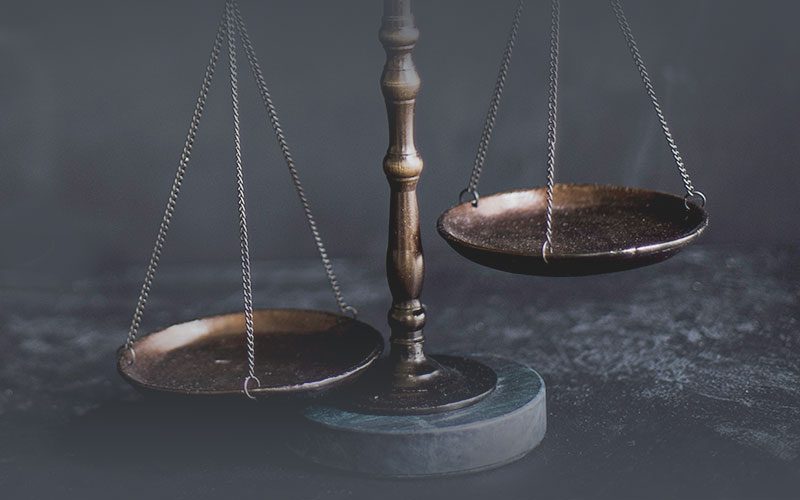-
One of the most interesting cases in recent years concerning intellectual property law is the legal battle between Apple and Samsung over smartphone patents.
In 2011, Apple sued Samsung for infringing on a number of its smartphone design patents, claiming that Samsung had copied the look and feel of the iPhone in its Galaxy smartphones. Samsung countersued, alleging that Apple had infringed on some of its own patents related to wireless communication technology.
The legal battle spanned several years and multiple courts, with each side winning and losing various battles along the way. In 2012, a California jury awarded Apple $1 billion in damages, but this amount was later reduced on appeal. In 2018, the two companies finally reached a settlement in which Samsung agreed to pay Apple an undisclosed amount of money.
This case is particularly interesting because it highlights the importance of intellectual property rights in the technology industry, and how fierce competition can lead to complex legal battles. It also underscores the challenges of enforcing and defending patents, particularly in the fast-paced world of smartphones and other high-tech devices.
- Alice Corp. v. CLS Bank International, 573 U.S. ___, 134 S. Ct. 2347 (2014): This landmark Supreme Court case dealt with the issue of software patents and whether they were too abstract to be eligible for patent protection under 35 U.S.C. § 101. The court held that abstract ideas, including some software-related ones, were not eligible for patent protection unless they added “significantly more” than the abstract idea itself.
- KSR International Co. v. Teleflex Inc., 550 U.S. 398 (2007): This Supreme Court case addressed the issue of obviousness in patent law, specifically whether combining existing elements of a technology in an obvious way could be considered patentable under 35 U.S.C. § 103. The court held that a patent could be invalidated if the combination of elements would have been obvious to someone with ordinary skill in the field, even if it had not been explicitly described in prior art.
- Oracle America, Inc. v. Google LLC, 886 F.3d 1179 (Fed. Cir. 2018): This case involved the question of whether Google’s use of Java software code in its Android operating system constituted copyright infringement. The court ultimately held that Google’s use of the code fell under the fair use exception to copyright law under 17 U.S.C. § 107, because it was transformative and did not supplant the market for the original work.
- Vernor v. Autodesk, Inc., 621 F.3d 1102 (9th Cir. 2010): This case dealt with the issue of whether software purchasers were owners of the software or merely licensees, which can affect their ability to resell or modify the software. The court held that a software purchaser was merely a licensee and did not own the software under the first sale doctrine of copyright law under 17 U.S.C. § 109, because the license agreement prohibited resale and modification.
- eBay Inc. v. MercExchange, L.L.C., 547 U.S. 388 (2006): This Supreme Court case addressed the issue of whether a patent owner was entitled to an injunction to prevent infringing activity, or whether monetary damages were a sufficient remedy under 35 U.S.C. § 283. The court held that the traditional four-factor test for issuing an injunction applied to patent cases and that a patent owner was not automatically entitled to an injunction, even if the patent was valid and infringed.

